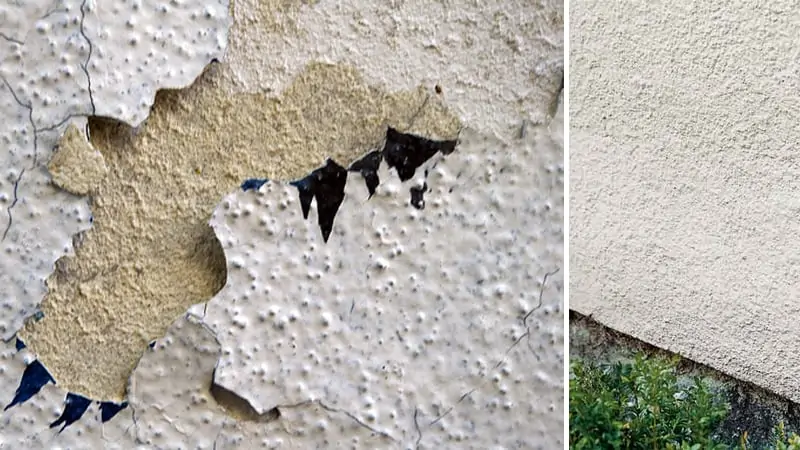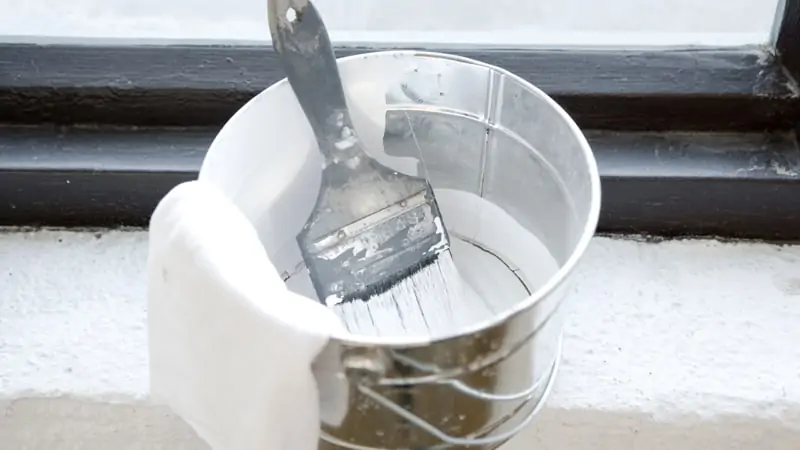Investing in a new coat of exterior paint is a great way to give your home a facelift. But it’s not only a financial investment – it’s an investment of your time as well. Make sure you get it right the first time round with our 5 exterior painting tips.
Do a test run
Source: White House Black Shutters
Not all paints are created equal, and unless you know exactly what’s on your walls currently, you cannot be sure how a new paint will react to it. Always test the paint on a piece of wall first to ensure that you are happy with the spread and adhesion. It’s also important to see if you’re quite happy with the colour that you’ve chosen before you proceed to buy the necessary quantity. Getting an unpopular paint colour on sale is great, but just keep in mind that you will need to live with that colour for at least the next 5 years.
Fill and Seal
Source: Sungazer & This Old House
Pay close attention to cracks and any areas where there are traces of moisture. Painting over a hairline crack is fine – a good paint will cover that – but a more serious crack will need to chipped and filled before you apply the paint. Rising damp is quite a common issue on the outside of a home. Treat all moisture with damp seal first before you start to paint. This will ensure that you don’t have any issues in the long run.
Use a scraper or some rough sandpaper to remove any flaking paint, dirt or anything else that is stuck to your walls.
Prime for perfection
Source: ATF Roofing
Ask your paint supplier about the necessity of using a primer. In general, you will need to use a primer unless you are repainting an area that’s in fairly good condition. If you’ve had to scrape off paint and had lots of fills, it’s best to prime first to ensure a long-lasting, smooth finish.
Work the Wood
Source: Rianno Communications
There is no point in painting the exterior walls and not giving attention to the woodwork. Aside from lessening the esthetic of your home, neglected woodwork can cause a host of serious issues: unsealed window frames can allow moisture to enter your home; door frames can crack and ultimately the financial impact is much greater than simply treating them with an exterior wood sealer or paint.
Emergency Paint
 Source: Puckhaber
Source: Puckhaber
Always ensure that you have some extra paint left over in case of necessary touch-ups. And whenever you need to buy extra, make sure that you purchase it from the same supplier. Ideally though you should make sure that you have some paint left over from the original batch as this will reduce the risk of colour variation.
HANDY HINT :
To paint in wet, moist or extremely cold conditions not only prolongs your drying time, it will also do damage to your final finish. Make sure that you check the weather so that there won’t be any unexpected rain drops ruining your hard work.





